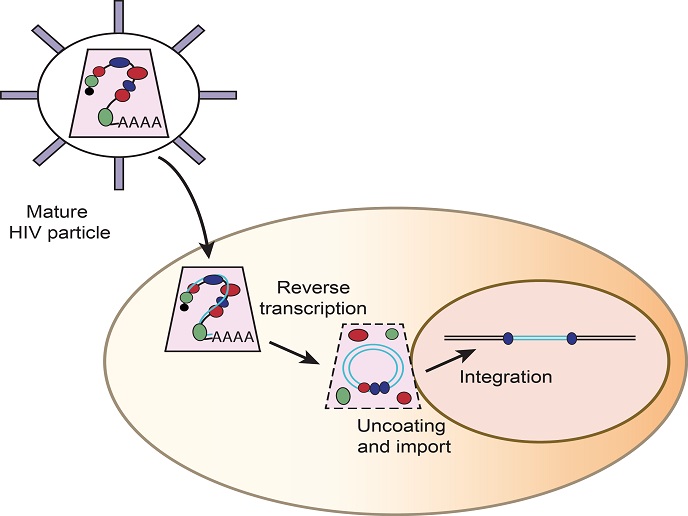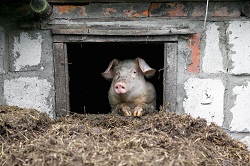Reducing the risk of shellfish poisoning
Phytoplankton might not readily come to mind as a threat to human health, but it turns out their bite can be just as nasty as that of a shark. Shellfish that come into contact with harmful algal blooms (HABs) caused by a particular species of phytoplankton can cause food poisoning in humans. One culprit behind the HAB, the phytoplankton Dinophysis, is microscopic and therefore much more difficult to track than a shark. Nonetheless, a team of researchers aimed to help the European fishing and aquaculture industries by providing insight into how HABs form and possibly forecasting their genesis. The project, titled ‘Harmful algal bloom species in thin layers’ (HABIT), received funding from the EU. Dinophysis exists in very thin layers below the sea surface, thus several measurement campaigns were arranged to detect its presence in the waters off Europe’s coastline. In fact, new sampling equipment was developed during HABIT to help obtain more accurate vertical profiles of key ocean parameters. The result is detailed maps of phytoplankton composition in Europe’s major seas, including two newly discovered species. Experiments in the laboratory were also carried out to learn more about the eating habits, reproduction and other aspects of the Dinophysis lifecycle. This was complemented by the application of physical models of coastal dynamics. The models were used to understand how local circulations such as gyres and jets can transport and disperse the Dinophysis to regions where filter feeders such as mussels and other types of shellfish live. With regard to predicting HABs in advance, important work was done to integrate a logic model into a weather forecast model to provide probabilistic assessments. Weather is known to play an important role in the genesis of HABs. Permanent offshore monitoring has also been recommended as part of an early warning system that will safeguard the future of consumers and the shellfish industry alike.







